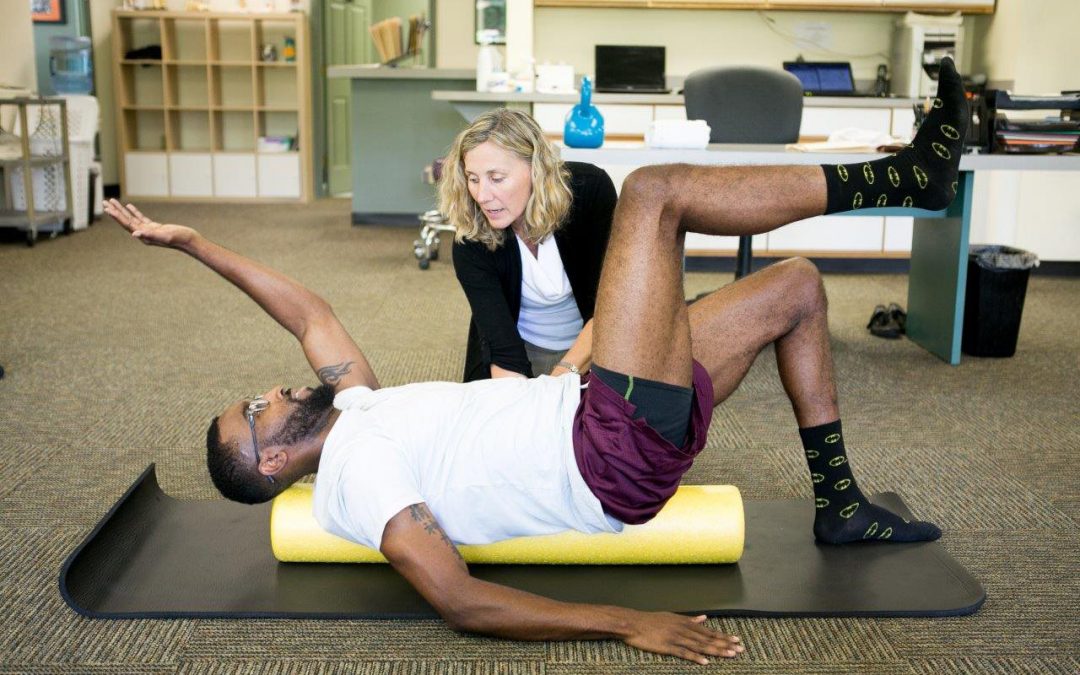(BPT) – Movement is crucial to a person’s health, quality of life and independence. For some people, pain makes movement a challenge. Pain is one of the most common reasons people seek health care. A physical therapist (PT) can help people move better and safely and manage their pain.
Who are physical therapists?
PTs are movement experts who improve quality of life through prescribed exercise, hands-on care and patient education. PTs treat people of all ages and abilities and empower them to actively take part in their own care.
Physical therapist assistants (PTAs) work with patients under the direction of a PT and teach and demonstrate exercises that help improve mobility, strength and coordination.
To ensure the best possible care, PTs often work with other members of a patient’s health care team. After performing an evaluation, PTs create personalized plans of care that can help you:
- Improve mobility and function
- Manage pain and chronic conditions
- Avoid surgery
- Reduce the use of opioids and other prescription drugs
- Recover from injury
- Prevent future injury and chronic disease
Here are three tips to manage pain:
Tip: Work with your PT to understand your pain. PTs play a valuable role in the patient education process, including setting realistic expectations for recovery with or without opioids. This allows you to take a proactive approach to pain management.
Tip: Keep moving. An active lifestyle that is appropriate for your condition can help manage symptoms and decrease or eliminate pain. The body was built to move, and doing so regularly can help improve quality of life. PTs prescribe exercise specific to your condition, needs and goals.
Tip: If you experience an injury or develop the onset of pain, seeing a PT early on can help address and manage your symptoms.
When and where do you see a physical therapist?
Pain management is just one reason to work with a PT. They can also help you prevent future injury or chronic conditions. You do not need a physician’s referral to make an appointment with a PT for an evaluation.
PTs can specialize in a variety of areas, including geriatrics, neurology, oncology, orthopedics, pediatrics, sports and women’s health. They provide treatments in:
- Hospitals, outpatient clinics or offices
- Inpatient rehabilitation facilities
- Skilled nursing, extended care or subacute facilities
- Schools, education or research centers
- Fitness centers and sports training facilities
- Hospice settings
- Your workplace
- Your home
How can you take the next step?
For more information and to find a PT near you, visit ChoosePT.com.





